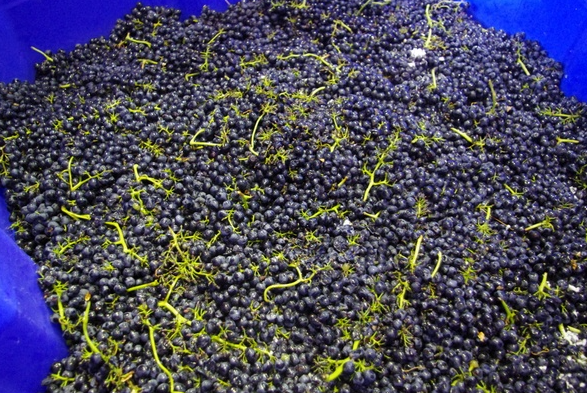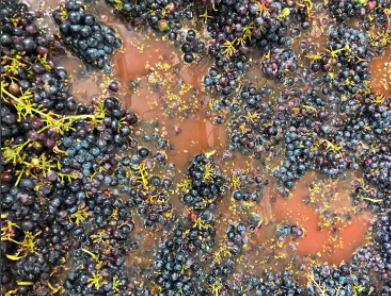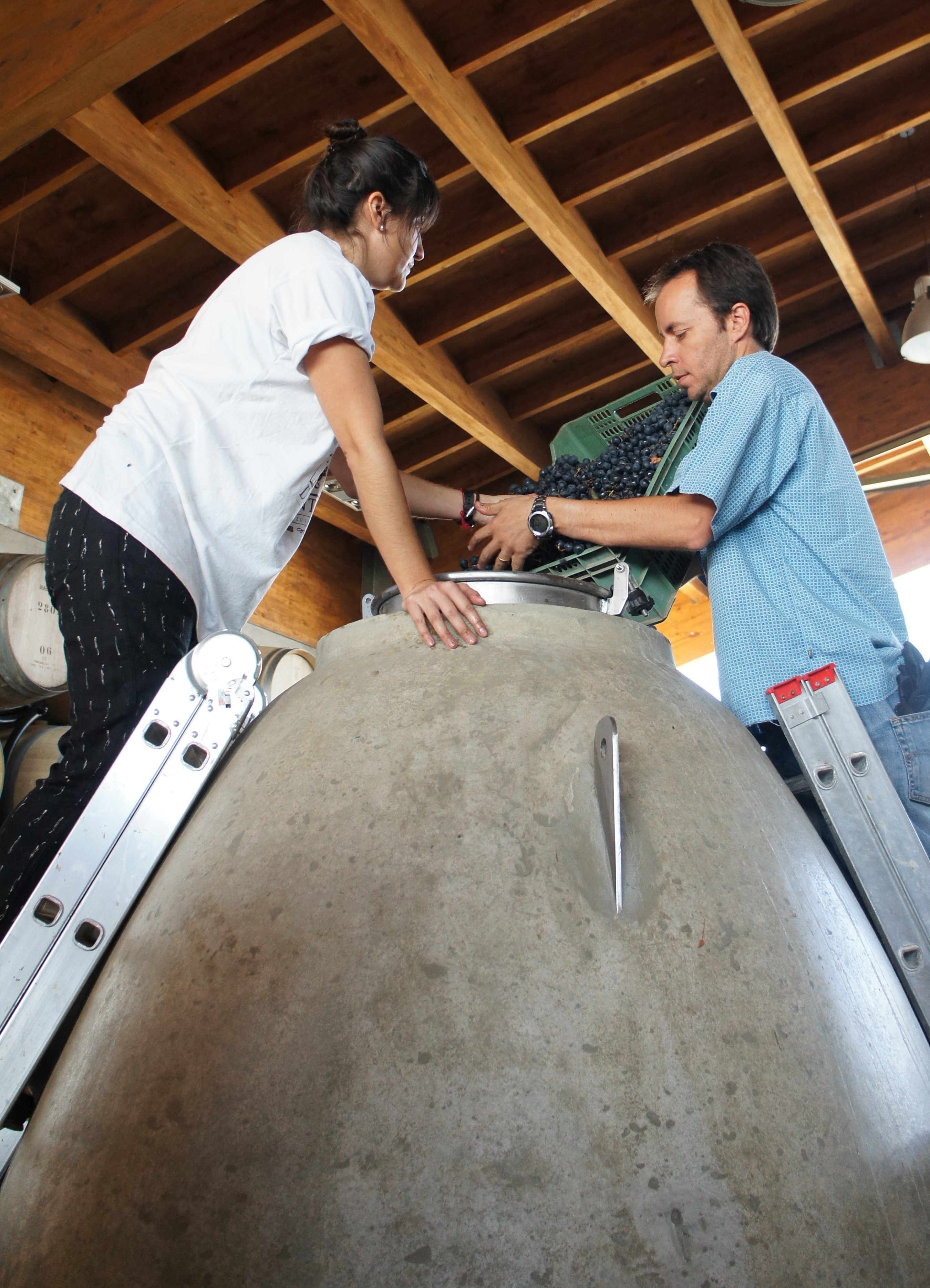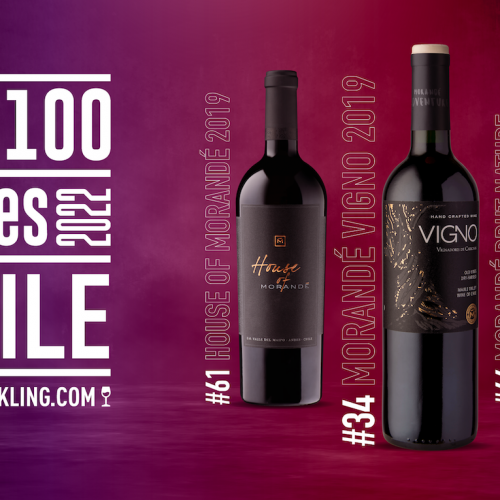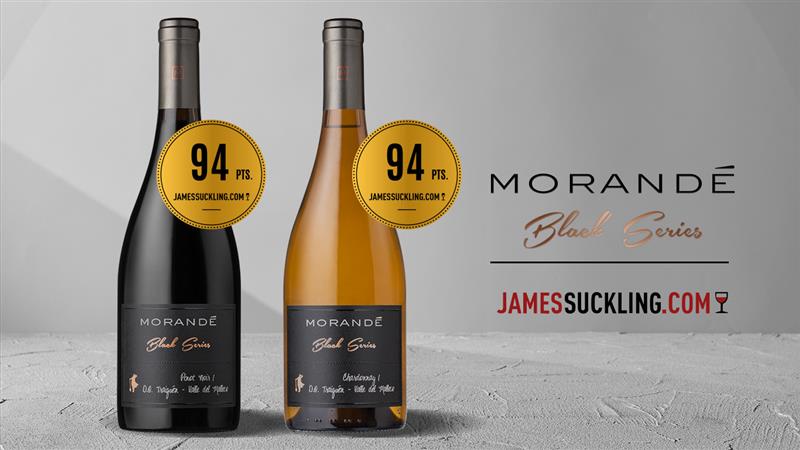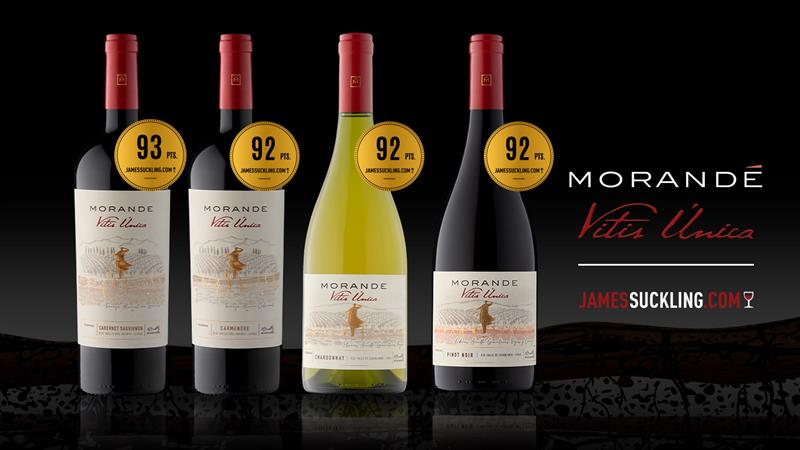
04 Ago Stems in fermentations or the eternal comeback
Innovations are often the result of nothing else but rediscovery, research, and education. Not so much regarding new techniques, but in relation to what has already been done in the past and often forgotten. In winemaking, there are many examples that have become fashionable today, such as vinification in earthenware jars or terracotta pots, aging in oak foudres, or a very particular one, such as the use of stems in alcoholic fermentations. Both for reds and whites.
Fermenting with whole bunches, or adding a percentage of stalks to destemmed grapes, is not the same as carbonic maceration, whose central concept is the intracellular fermentation of the intact berry.
Fermenting with stems has been used since times immemorial. In fact, I would say it was THE way to make wine until the arrival of de-stemmers. Today, we allow ourselves to add a bit of tannins from the stems –ideally ripe or lignified- in varieties or grapes with less tannic structure, a common practice in the Old World used both in Pinot Noir and Syrah.
Despite the color reduction of the wine due to the absorption of coloring matter, the adding stems provides a very distinctive profile. I find their floral and sometimes also their hop character –a herbaceous and perfumed undertone- particularly pleasant.
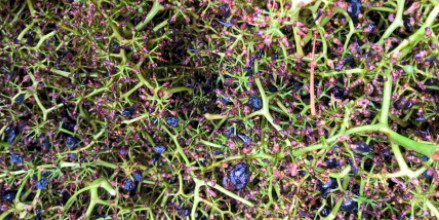
Forgotten legacy or simple ignorance? Perhaps the Bordeaux influence that has defined our winemaking for years caused us to not consider it as an alternative, especially since those varieties have plenty of tannins. But after the arrival of Syrah in Chile in 1993, and since becoming serious with Pinot Noir, the use of whole clusters in fermentation has been slowly but steadily spreading throughout the wineries.
As with all things in life, if we took this technique to an extreme, it would become a kind of standardizer that would mute subtleties and standardize aromas, thus overshadowing the origin and the fruit. For this reason, at Morandé we have been adjusting its use only to certain blocks or parcels of Pinot Noir from Casablanca, starting with a timid 5% and raising it to 30%.
Daniela Salinas, the winemaker of our Despechado Aventura, is who has explored this technique the most, often vinifying her wine with up to 50% with whole clusters. The same with Malbec from the old La Constancia vineyard in Maule.
On the other hand, and regarding Syrah, we have fermented tanks with 50% and 100% stems to use it as a component in our final blends. The idea is to a fine-tuning of its texture, distinct tannins, and delicious perfume when we manage to adjust punch-downs, temperature, and ripeness to perfection.
I like talking to older people, listen to their past experiences, and understand why they do things the way they do. Many times this heritage allows us to innovate through tradition. And so, everything circulates and returns. In other words, encourage an eternal comeback.
Ricardo Baettig
Winemaker at Viña Morandé

